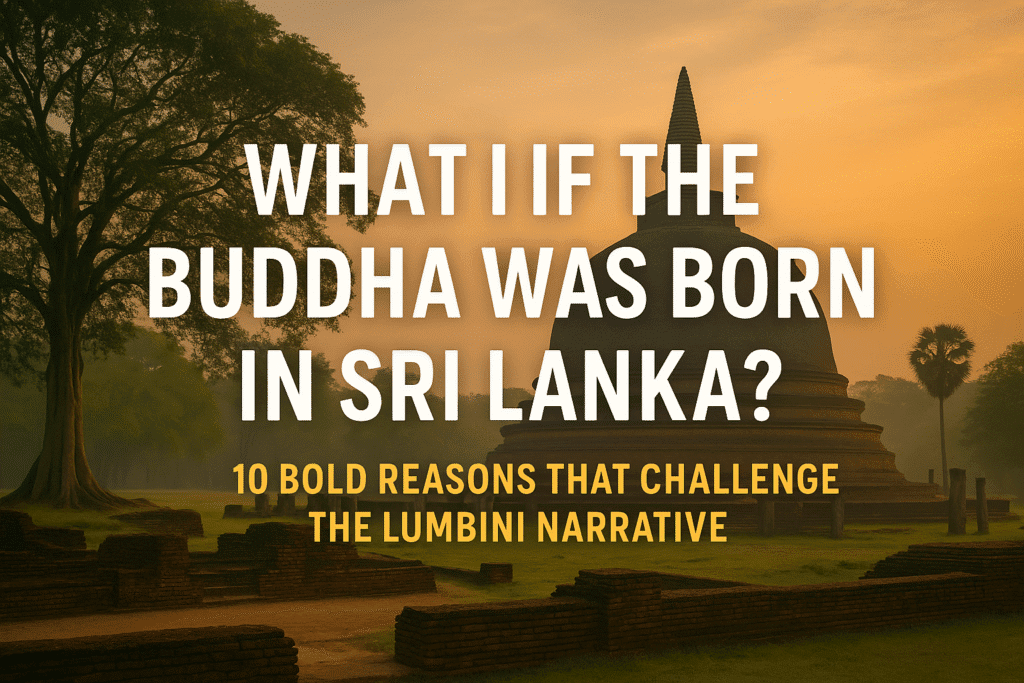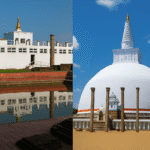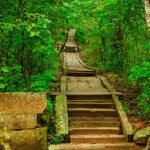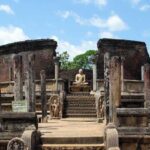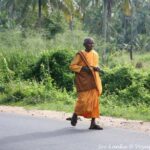10 Bold Reasons That Challenge the Lumbini Narrative
For centuries, textbooks and mainstream archaeology have pointed to Lumbini in India as the birthplace of the Buddha. Tourists flock to the site, governments fund its preservation, and its location has been taught as historical fact. But what if this belief has been resting on a misinterpretation?
A growing body of alternative historical, linguistic, and archaeological evidence suggests that the true birthplace of the Buddha may lie not in Nepal or northern India — but in Sri Lanka, the island of ancient mysticism, stone chronicles, and preserved oral traditions.
Here are 10 compelling reasons that challenge the traditional narrative and make us rethink the origins of one of the greatest spiritual teachers in human history:
1. Ancient Texts Point to the Land of Heladiva
The Mahavansa, Dipavansa, and other Sri Lankan chronicles consistently reference a land called Heladiva — meaning “Island of the Hela people,” widely interpreted as early Sinhalese. In Pali and Sanskrit, the word “Lanka” means “island,” directly aligning with Sri Lanka’s geography. If Buddha was born on an island known as Lanka in the ancient scriptures, then Sri Lanka emerges as a strong candidate. Could this be the land forgotten by mistranslations and political boundaries?
2. The Mahavansa’s Silent Testimony
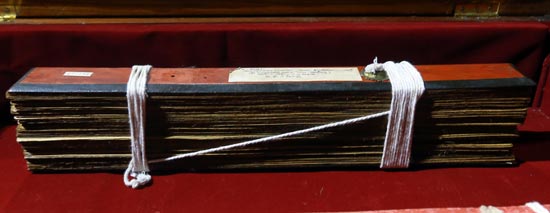
While not directly claiming the Buddha’s birth occurred in Sri Lanka, the Mahavansa describes Buddha’s visits, sacred sites, and family connections with remarkable geographical accuracy — if interpreted through a Sri Lankan lens. For example, many scholars dismiss overlapping place names, yet these may hint that early chroniclers were documenting events in familiar local geography rather than distant India.
3. Distance Makes It Impossible
According to traditional narratives, Queen Maya journeyed from Lumbini to Kapilavastu to Gaya, locations over 1,000 km apart — a logistical nightmare, especially for a pregnant queen traveling by foot or primitive cart. Yet, when plotted on a Sri Lankan map, Theldeniya (Kapilavastu), Anuradhapura (Bodh Gaya), and Dambulla fall into a far more reasonable travel radius. The distances begin to make practical sense only if the story is relocated to the island of Lanka.
4. No Original Pali Text from India Exists
The Tripitaka, the foundational texts of Buddhism, have never been found in original form in India. Instead, the oldest and most complete Pali Canon was preserved in Aluvihara, Sri Lanka — carved into palm leaves and meticulously copied for generations. This raises a profound question: was Sri Lanka just a protector of the Buddha’s words, or actually the land where those words were first spoken?
5. Names and Locations Are Strikingly Similar
In Sri Lanka, many locations share uncanny similarities to those in the Buddha’s biography. For instance:
- Theldeniya aligns with descriptions of Kapilavastu, the royal city of Siddhartha’s youth.
- Hiriwadunna, nestled near sacred caves and riverbanks, fits the landscape of Buddha’s Enlightenment.
- Neranjana River, often associated with the Enlightenment site in India, may actually correspond to rivers flowing through central Sri Lanka.
Are these mere coincidences — or fragments of forgotten cartographic truth?
6. The Sacred Tree That Still Lives
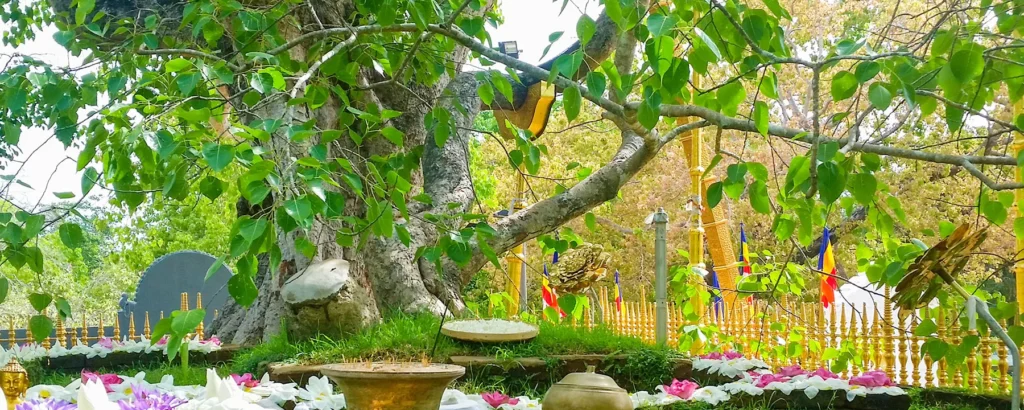
The Sri Maha Bodhi Tree in Anuradhapura is said to be a cutting of the original Bodhi Tree under which the Buddha attained Enlightenment. But some traditions go further — claiming this is the actual tree or sprouted from its root system. Its precise care, uninterrupted protection, and spiritual potency suggest it’s more than a symbolic relic. Could the Enlightenment have happened right there in Sri Lanka?
7. The Architecture Matches Earlier Than Indian Counterparts
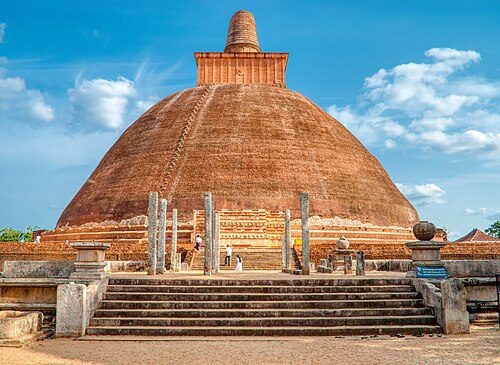
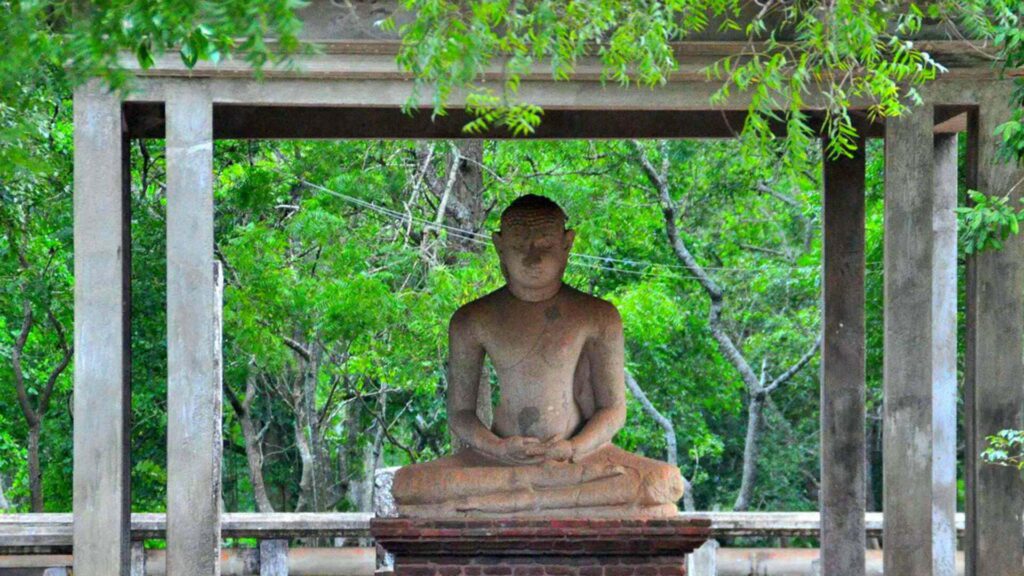
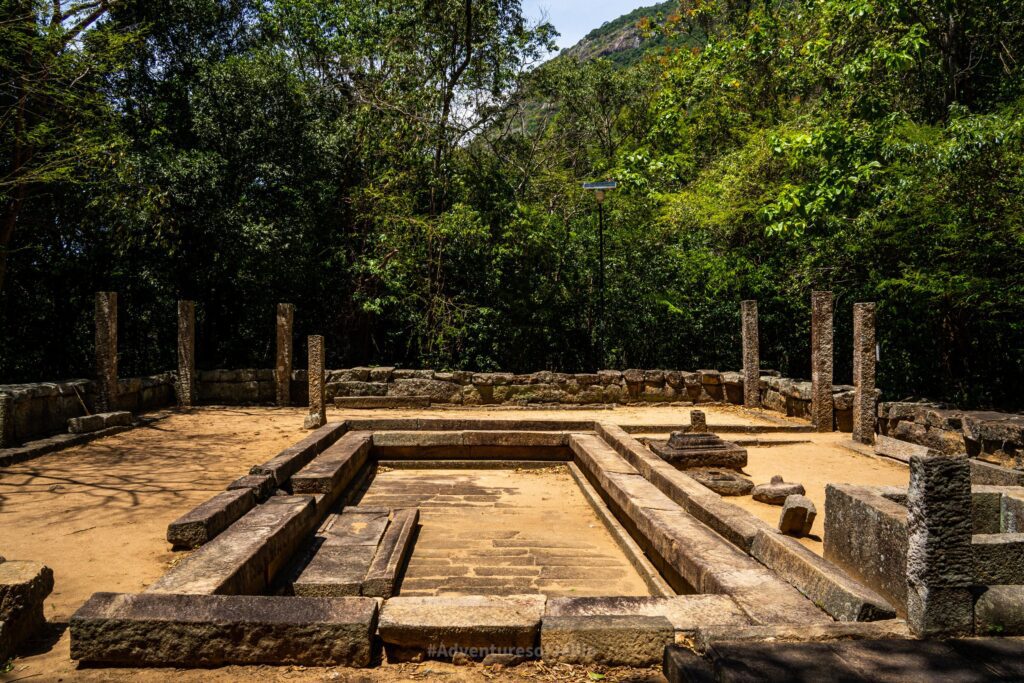
Many stupas and monastic sites in Sri Lanka, such as Thuparamaya and Mihintale, show evidence of pre-Ashokan construction techniques, indicating a religious culture that predates Ashoka’s Buddhist revival in India. If Buddha’s memory was already being honored in stone before Ashoka’s time, this suggests Sri Lanka was not just a recipient of Buddhism — it was already central to its emergence.
8. The Mystery of Ashoka’s Pillars
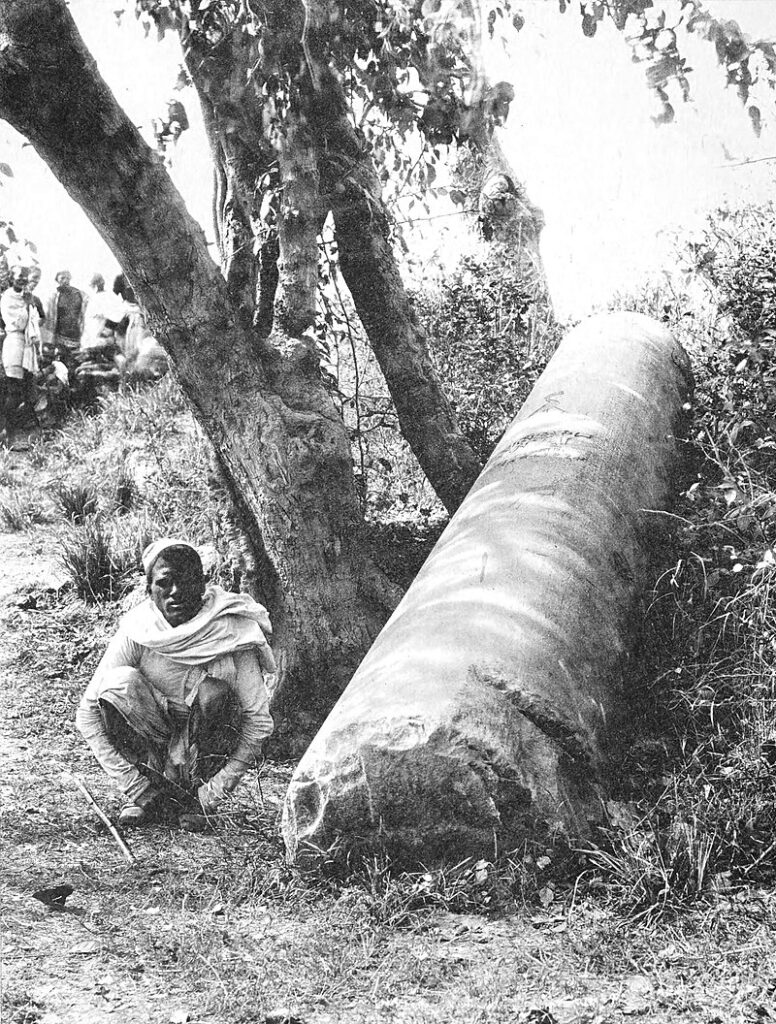
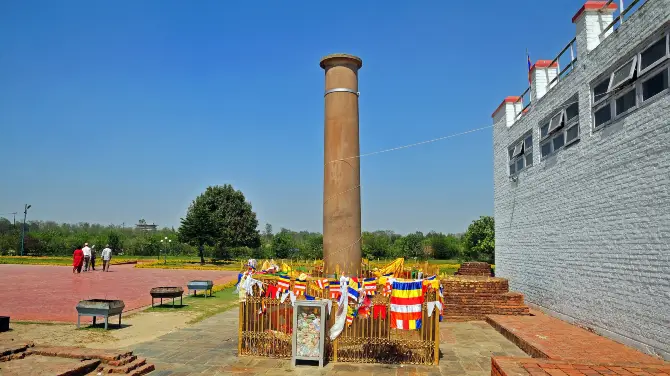
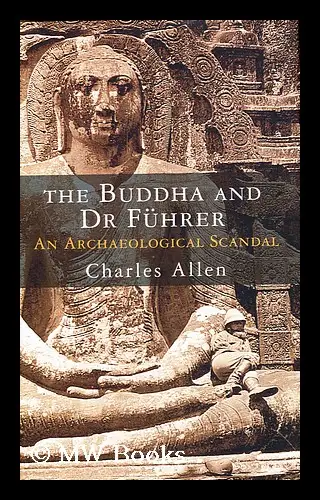
The famed Ashokan Pillar at Lumbini, cited as key evidence of the Buddha’s birthplace, was discovered by Alois Anton Führer, a 19th-century archaeologist later exposed as a fraudster and fabricator of inscriptions. Yet this questionable find remains the cornerstone of modern Lumbini’s claim. If your main evidence rests on a discredited forger, isn’t it time to ask deeper questions?
9. Spiritual Vibration and Pilgrimage Energy
Pilgrims, monks, and travelers have long described a profound, inexplicable energy in Sri Lanka’s sacred sites — especially in places like Mihintale, Dambulla, and Ritigala. Many report deep meditative states and emotional clarity unique to these sites. Could this be more than sentiment? Could the land itself carry a vibrational memory of a spiritual titan who once walked its soil?
10. Suppressed Theory or Forgotten Truth?
Rewriting the Buddha’s origin from India to Sri Lanka would challenge centuries of religious, political, and academic consensus. But truth doesn’t change with popularity — only the courage to rediscover it does. As archaeological research grows and alternative scholars revisit ancient texts without colonial-era filters, the possibility of a Sri Lankan origin grows stronger. Is it a heresy — or is it history trying to correct itself?
Final Reflection: Rewriting the Beginning
Whether one accepts this theory or not, it’s clear that Sri Lanka deserves more than a footnote in Buddhist history. It may very well be the source of the story, not just the shrine of remembrance.
As global interest in spiritual origins deepens and historical revisionism reclaims forgotten truths, it is time we ask:
What if we’ve been looking in the wrong place all along?
Let’s explore with open hearts and sharp minds — for truth often lies where few dare to look.
